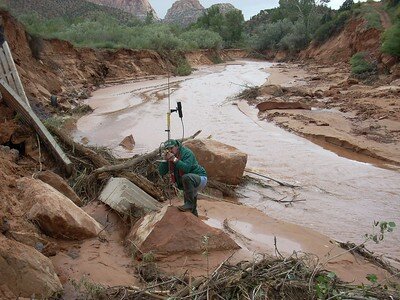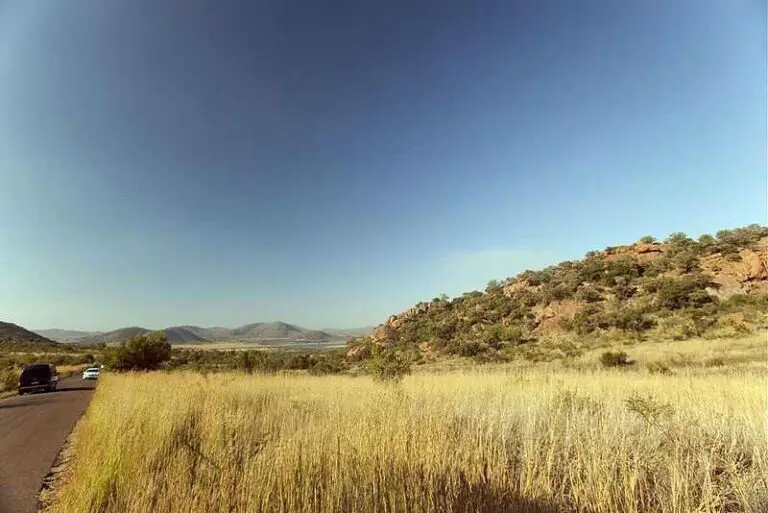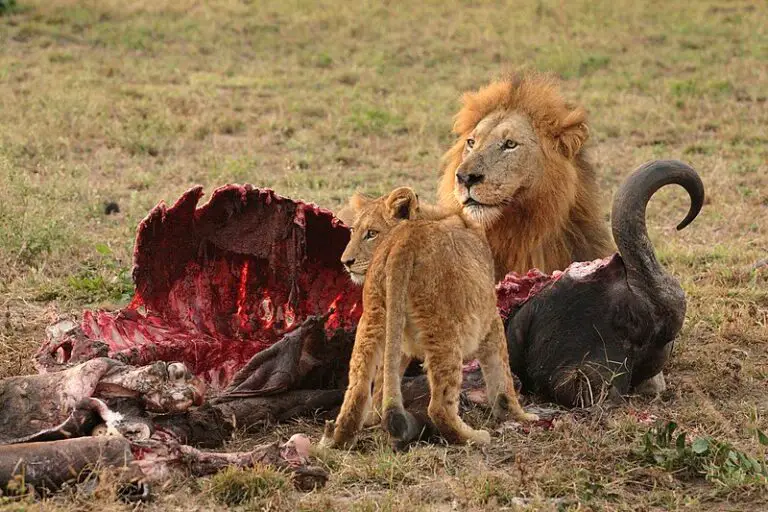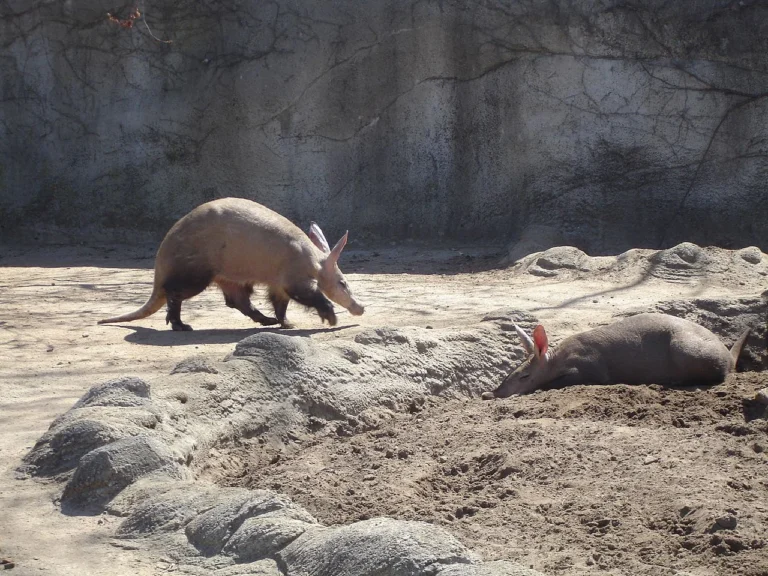Weathering Vs Erosion Comparison: Similarities and Differences
Weathering vs erosion can be compared based on definition, types, causes, effects and examples.
This article discusses the similarities and differences between weathering and erosion using various criteria as follows;
1). Definition (as a Criterion for Weathering Vs Erosion Comparison)
Weathering is the physical disintegration, biological degradation, or chemical dissolution and deterioration of earth materials like minerals, rocks and soils on the surface of the Earth [5].
An alternative definition of weathering may describe it as a process whereby larger rock masses split or break-down to yield smaller particles or masses of rock and soil materials.
Erosion can be defined as a process whereby earth materials like rock particles and soil, are physically removed from their original position by the action of wind, water and glacier, among other factors.
Alternatively, erosion may be defined as the displacement of weathered materials from the site, or point, where they originally occurred [3]. Examples of such weathered materials include sedimentary particles that have been dislodged from rocks or eroded from soil.
A comparison of the two concepts clearly reveals that weathering and erosion are essentially (and descriptively) different.
The difference between weathering and erosion in terms of their definitions, lies in the fact that weathering is described such that is appears to precede erosion in the sequence of sedimentary processes on the Earth's surface.
This can be seen where weathering is referred to as a process that involves the splitting or dissolution of larger rocks into smaller sedimentary particles or masses; and where erosion is said to involve the physical displacement of such particles.
In fact, studies have affirmed that this precedence in order of occurrence between weathering and erosion, is true in all sedimentary systems on Earth. Weathering occurs before erosion, because it is needed to produce the sedimentary materials that can be eroded.
Another difference that can be detected between the definitions of these two concepts respectively, is that weathering apparently assumes a broader scope than erosion, in terms of the ways/mechanisms by which the process can be initiated.
The first definition of weathering given in this article acknowledges that physical, biological and chemical factors can initiate weathering. These potential initiators are commonly mentioned with a sense of priority in definitions of weathering, mainly because it is necessary to specify the conditions under which earth materials can break down.
On the other hand, definitions of erosion do not make reference to the causative factors or agents of erosion, as much as weathering does. This is indicative of a narrower scope of initiative mechanisms, as is proven by the fact that water is highly prominent and popular as a cause of erosion.
The similarities between weathering and erosion in terms of their definition(s), lies in the fact that both concepts involve earth materials, which undergo significant (and often irreversible) processes of transformation.
2). Types
Another criterion that can be used in the weathering vs erosion comparison is their respective types.
The types of weathering are; physical (or mechanical), chemical, and biological weathering respectively.
Physical weathering includes all forms of rock disintegration that are driven solely by force, which could come in the form of frost-wedging or abrasion, among others.
Chemical weathering generally affects rocks that are soluble and reactive, such as those containing carbonate minerals [2]. Biological weathering results from organic activities and processes like burrowing, plant-root growth, and biodegradation.
It must be noted that biological weathering is often discounted as a distinct type of weathering, so that rock disintegration by biotic factors may be categorized as physical weathering, in these cases. However, any thorough evaluation of the topic will distinguish these biological forms of weathering.
Types of erosion include; sheet, rill, gully, splash, floodplain, bank, and tunnel erosions, respectively [1].
A look at weathering vs erosion based on their respective types reveals obvious differences.
One of these differences is in versatility or range, of types.
While there are several more types of erosion than weathering that have been identified, the types of weathering span across multiple fields including chemical, physical and biological.
The numerous types of erosion, on the other hand, appear to be mostly related to physical mechanisms, especially with regards to the action of precipitation and floods.
Another difference between weathering and erosion in terms of their types is that the types of weathering are differentiated based on their nature, while the types of erosion are differentiated based on their mechanisms and geography.
Lastly, weathering can be distinguished from erosion simply by listing the types of each.

3). Causes (as a Criterion for Weathering Vs Erosion Comparison)
The most prominent similarities between weathering and erosion can be found in their respective causes.
Because both processes involve earth materials and their transformation, they are usually caused by the same range of factors.
The only difference is that the causes of weathering are deteriorative in their sedimentary/environmental impact, while the causes of erosion are translational in their impact.
Causes of weathering include agents like; glacier, water, animals, plants, high temperature, and salts. At the same time, causes of weathering can be said to include the various mechanisms by which the agents of weathering operate, such as freeze-thaw, dissolution reaction, burrowing, plant root-growth, and mechanical abrasion.
The above list shows that both biotic and abiotic components of the ecosystem can cause weathering. This is also the case for erosion.
A slight difference between the causes of weathering and the causes of erosion, is that the latter may include not only agents and mechanisms, but also scenarios that increase the risk of erosion in both urban and non-urban areas.
Causes of erosion are; unsustainable agricultural practices, poor water conservation and land management, deforestation, presence of loose earth materials from active weathering; as well as agents and mechanisms like water, wind, glacier; saltation and suspension-transport.
4). Effects
The difference between weathering and erosion in terms of their effects is that weathering tends to affect earth materials, while erosion affects earth materials, physicochemical, biological and geomorphological conditions of the environment.
This does not deny the fact that there are physical, geographic, biological and chemical effects of weathering, but rather acknowledges that these effects are mostly confined to the rocks and sedimentary materials undergoing weathering.
Effects of erosion, on the other hand tend to transcend their immediate subjects (that is the earth materials being eroded) to affect the overall environmental system in which erosion is occurring.
Also, unlike weathering, erosion and its effects are seen more as a negative environmental issue, and a manmade/natural hazard to the ecosystem. This difference in conception is easy to understand, when we consider that erosion is a much-more disruptive and rapid process than weathering.
Effects of weathering are; physical disintegration, chemical transformation, and biological degradation of earth materials, with the formation of new products like soil and mineralized water.
Factors affecting weathering include; rock composition and size, geography, active weathering agent(s), physicochemical and biological conditions.
The effects of erosion are sediment displacement, geomorphological change, land degradation and loss, loss of soil fertility, infrastructural damage, water pollution (by sediments), and hazards like landslides [4].
Factors affecting erosion are; active erosional agents, size and composition of earth materials, transport capacity of water or wind, and geographic conditions.

5). Examples (as a Criterion for Weathering Vs Erosion Comparison)
The examples of weathering differ from examples of erosion in terms of outcome, but are usually similar in context.
Factors that are accounted for in such examples include the earth materials involved, and the causes, as well as effects, of their transformation.
Examples of weathering are; carbonate dissolution in karst regions, abrasive wearing of rock surfaces by wind in deserts, rock splitting by frost wedged in cracks, exfoliation due to continuous temperature changes, and hydrodynamic bombardment and disintegration of sedimentary rocks.
These examples all culminate in the breakdown of parent materials to form new products, without physical displacement of these newly-formed products.
Examples of erosion are; gully-formation by mobile floods, uniform sediment removal by stormwater, and sporadic conveyance of fine sediments by air currents.

Conclusion
Criteria used in the comparison of weathering and erosion are;
1. Definition
2. Types
3. Causes
4. Effects
5. Examples
Differences between weathering and erosion are mainly in their definitions, types, effects and examples.
Similarities between weathering and erosion are in their contexts and causes, which involve earth materials (rock, sediments, soil), agents (like water, glacier, wind), and mechanisms like abrasion, exfoliation, dissolution, frost action, and biological activity.
The table below summarizes weathering vs erosion vs deposition comparison in terms of their similarities and differences, based on the five (5) criteria used in this article;
Comparison Criterion | Weathering | Erosion | Deposition |
Definition | Physical, chemical or biological breakdown of earth materials | Displacement of loose earth materials from their original position on the Earth's surface | Settlement of transported earth materials like sediments, in a new location or position |
Types | Physical, chemical, biological | Sheet, rill, gully, splash, floodplain, bank, and tunnel | Fluvial, lacustrine, sedimentary, precipitative |
Causes | Glacier, water, animals, plants, high temperature, salts, freeze-thaw, dissolution reaction, burrowing, plant root-growth, and mechanical abrasion. | Unsustainable agricultural practices, poor water conservation and land management, deforestation, presence of loose earth materials from active weathering, water, wind, glacier; saltation and suspension-transport. | Increase in sediment load, loss of volume and/or velocity of transport medium |
Effects | Physical disintegration, chemical transformation, and biological degradation of earth materials; with formation of new products like soil and mineralized water. | Sediment displacement, geomorphological change, land degradation and loss, loss of soil fertility, infrastructural damage, water pollution (by sediments), and hazards like landslides | Increase in regional sediment volume, formation of sedimentary rocks, changes in water flow characteristics (when deposition occurs along flow-path) |
Examples | Carbonate dissolution in karst regions, abrasive wearing of rock surfaces by wind in deserts, rock splitting by frost wedged in cracks, exfoliation due to continuous temperature changes, and hydrodynamic bombardment and disintegration of sedimentary rocks. | Gully-formation by mobile floods, uniform sediment removal by stormwater, and sporadic conveyance of fine sediments by air currents | Accumulation of river sediments on alluvial plain |
References
1). Ghosh, S.; Bhattacharya, K. (2013). "Multivariate erosion risk assessment of lateritic badlands of Birbhum (West Bengal, India): A case study." Journal of Earth System Science 121(6). Available at: https://doi.org/10.1007/s12040-012-0243-1. (Accessed 19 May 2023).
2). Lyu, X.; Tao, Z.; Gao, Q.; Peng, H.; Zhou, M. (2018). "Chemical Weathering and Riverine Carbonate System Driven by Human Activities in a Subtropical Karst Basin, South China." Water 2018, 10, 1524. Available at: https://doi.org/10.3390/w10111524. (Accessed 19 May 2023).
3). Okwu-Delunzu, V. U. (2018). "Gully Erosion and Its Environmental Impact in Eke, Udi Local Government Area of Enugu State." Environment and Ecology Research 6(5): 507-517, 2018(5):507-517. Available at: https://doi.org/10.13189/eer.2018.060511. (Accessed 19 May 2023).
4). Prasad, N. B. N. (1995). "Landslides-Causes & Mitigation." Available at: https://www.researchgate.net/publication/317328970_Landslides-Causes_Mitigation. (Accessed 19 May 2023).
5). Sverdrup, H. (2009). "Chemical weathering of soil minerals and the role of biological processes." Fungal Biology Reviews 23(4):94-100. https://doi.org/10.1016/j.fbr.2009.12.001. (Accessed 19 May 2023).



